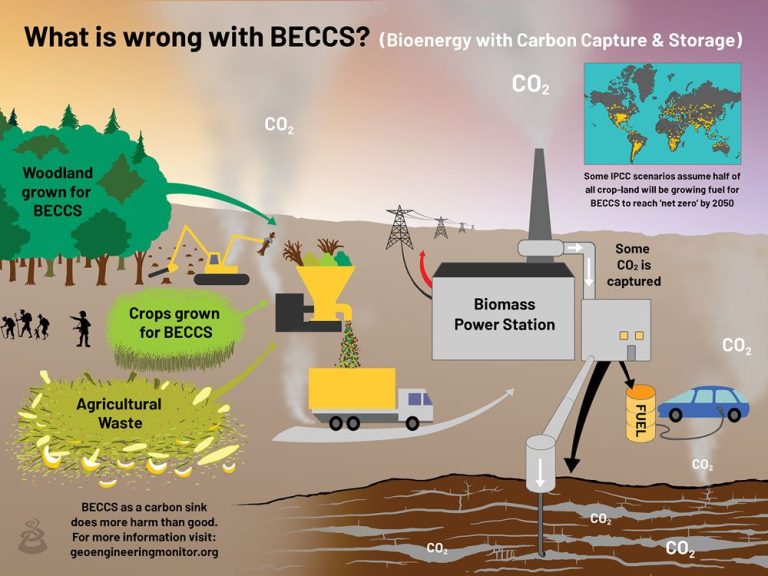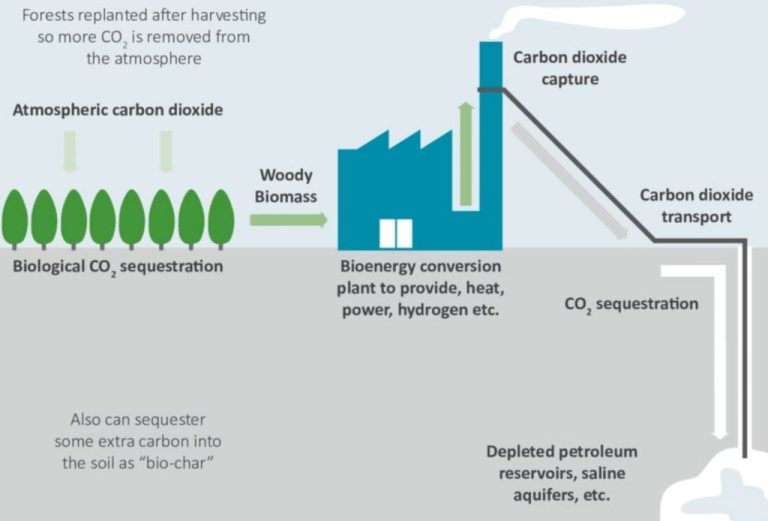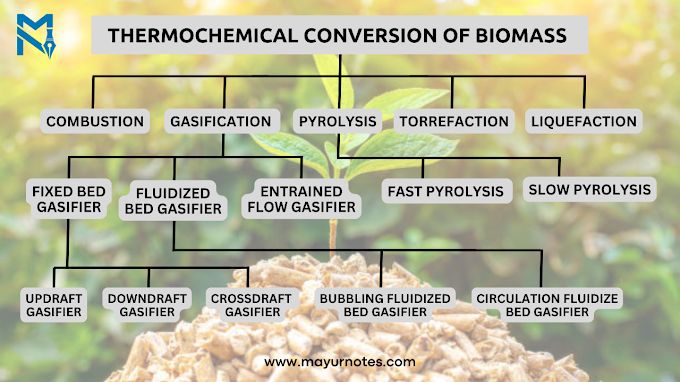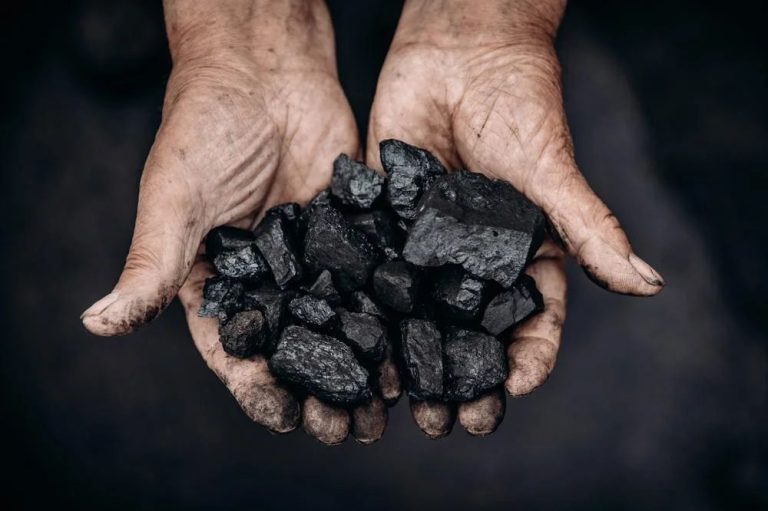What Are The Innovations In Bioenergy?
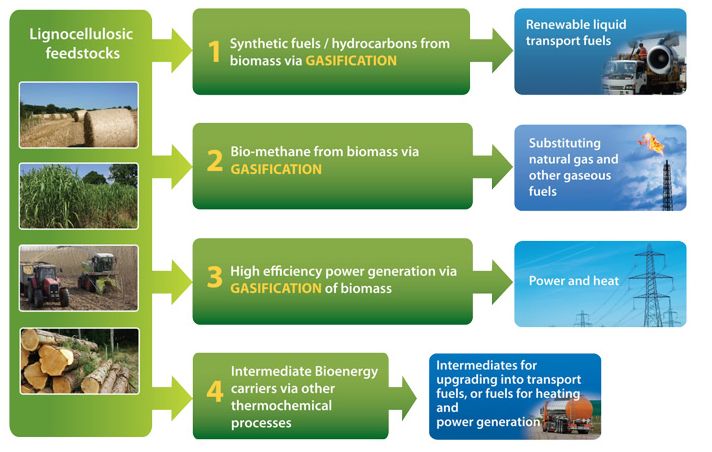
Bioenergy refers to energy derived from organic matter, known as biomass. Biomass can come from plants, trees, algae, crops, and biological waste. Bioenergy provides a renewable alternative to fossil fuels and offers environmental benefits. When biomass is converted to energy, the carbon dioxide released is balanced by the carbon dioxide absorbed by plants during growth. This makes bioenergy a carbon-neutral energy source.
Bioenergy is considered a form of renewable energy because biomass can be replenished on an ongoing basis. Common sources of biomass for bioenergy include plants, agricultural residues, forest residues, animal manure, food wastes, and municipal solid waste. Using biomass for energy generation can reduce dependence on fossil fuels and mitigate climate change.
Some key benefits of bioenergy include (https://www.energy.gov/eere/bioenergy/bioenergy-basics):
- Renewability – Biomass can be replenished through agricultural and forestry activities.
- Carbon neutrality – Burning biomass releases carbon absorbed during plant growth.
- Waste utilization – Bioenergy provides a use for agricultural, forest and urban wastes.
- Rural economic development – Bioenergy systems create jobs and markets for biomass.
Bioenergy is a diverse field that encompasses a variety of technologies and applications. The major types of bioenergy systems include biofuels production, biopower generation, and bioproducts manufacturing.
Biofuels from Biomass and Wastes
Innovative techniques are enabling more efficient production of first generation biofuels like ethanol, biodiesel and biogas from agricultural residues, wasted crops, municipal solid wastes, and other organic waste streams.
Cellulosic ethanol production uses enzymes and microbes to break down cellulose and hemicellulose from sources like corn stover, sugarcane bagasse, wood chips and municipal waste. This allows ethanol production from non-food parts of crops. Companies are engineering designer enzymes and microbes to increase ethanol yields.
Biodiesel production from waste oils and greases is also being innovated. Catalytic cracking and high-pressure reactions allow fuel-grade biodiesel production from low quality waste oils. Genetic engineering of microalgae and yeast are increasing yields.
Biogas production from organic wastes like animal manure, food waste and sewage sludge is being increased by anaerobic digestion innovations. Pre-treatment techniques, new digester configurations, and genetically engineered microbes are improving biogas yields.
Overall, these innovations in first generation biofuel production allow more transportation fuel to be sustainably sourced from wastes and residues rather than crops.
Advanced Biofuels
Advanced biofuels, also known as second-generation biofuels, are an innovative area of research and development in bioenergy. Unlike conventional biofuels derived from food crops like corn and sugarcane, advanced biofuels are produced from non-food lignocellulosic biomass feedstocks like crop residues, woody biomass, and dedicated energy crops (Massachusetts Government, n.d.). Key developments in advanced biofuels include:
Cellulosic ethanol – Ethanol produced from cellulose, hemicellulose and lignin components of plant fiber. Major feedstocks are agricultural residues like corn stover, wood waste, grasses and municipal solid waste. Cellulosic ethanol can reduce greenhouse gas emissions by up to 86% compared to gasoline (Department of Energy, n.d.).
Algae biofuels – Biofuels derived from algae via biochemical or thermochemical conversion. Algae have high yields per acre and can recycle carbon dioxide. Algal biofuels include biodiesel, renewable diesel, ethanol, butanol and jet fuel.
Biojet fuel – Sustainable aviation fuel produced from biomass feedstocks via HEFA (hydrotreated esters and fatty acids), Fischer-Tropsch processing, pyrolysis or fermentation. Biojet fuels have the potential to reduce aviation emissions substantially.
Advanced biofuels can provide low-carbon, sustainable alternatives to fossil fuels for transportation, heating and power generation. Continued innovation and commercialization is critical to realizing their environmental and energy security benefits.
Biochemical Conversion
Biochemical conversion involves using enzymes, microorganisms or catalysts to break down biomass into useful biofuels and biochemicals. Some key innovations in this area include:
Enzymatic hydrolysis – Using enzymes to break down cellulose and hemicellulose in plant material into simple sugars that can be fermented into ethanol or other chemicals. New enzyme cocktails have been engineered to work faster and at higher temperatures and pH levels.1
Consolidated bioprocessing – Combining enzyme production, hydrolysis and fermentation into a single step by engineering microbes that both break down biomass and produce biofuels. This eliminates the need to add enzymes separately.2
Fermentation – Microbes like yeast and bacteria can convert sugar into ethanol, butanol, methane and other compounds. New genetically engineered microbes can increase biofuel yields, use a wider range of feedstocks and simplify the fermentation process.3
Anaerobic digestion – Bacteria break down organic material in the absence of oxygen to produce biogas containing methane and carbon dioxide, which can be used for heat, power generation or transportation fuel. Optimizing digester design, microbial communities and operating conditions increases methane production.
Biochemical conversion provides a promising path for sustainably converting biomass waste streams into renewable biofuels and bioproducts.
Thermochemical Conversion
Thermochemical conversion processes break down biomass feedstocks into gases, liquids, and solids using heat. There have been several advances in thermochemical conversion technologies in recent years.
Gasification converts biomass into a gaseous mixture called syngas, composed primarily of hydrogen, carbon monoxide, and carbon dioxide, by applying heat under pressure in the presence of a controlled amount of oxygen. Recent innovations in gasification include combining it with pyrolysis for improved efficiency, gasifying biomass under supercritical water conditions, and integrating gasification with fuel cells to generate electricity.[1]
Pyrolysis rapidly heats biomass in the absence of oxygen to produce bio-oil along with syngas and biochar. Advances include microwave and solar-driven pyrolysis systems and catalytic pyrolysis to optimize bio-oil quality. Hydropyrolysis uses hydrogen to enhance the pyrolysis process.[2]
Torrefaction is a milder form of pyrolysis performed at lower temperatures to create a solid biomass product with higher energy density. New torrefaction processes aim to improve efficiency and lower operating costs.[3]
Overall, thermochemical conversion provides a versatile platform for producing renewable fuels, chemicals, and power from biomass feedstocks.
[1] https://www.sciencedirect.com/science/article/abs/pii/S0016236122009644
[2] https://www.energy.gov/eere/bioenergy/thermochemical-conversion-processes
[3] https://www.sciencedirect.com/topics/engineering/thermochemical-conversion
Genetic Engineering of Bioenergy Crops
Genetic engineering techniques are being explored to improve the yields and processing efficiency of bioenergy crops. Certain genes can be introduced to increase biomass production, alter lignin content to improve processing, or increase oil and sugar content in crops.
For example, researchers have genetically engineered switchgrass, a leading potential bioenergy crop, to reduce lignin content. Lower lignin makes the switchgrass easier to break down into fermentable sugars for biofuel production [1]. Other genetic targets include increasing cellulose content and altering cell wall structure.
With bioenergy crops like jatropha that produce oils, genetic engineering aims to increase oil yields per acre. Researchers have identified genes that can increase jatropha oil content by up to 78% compared to wild types [2].
For algal biofuels, genetic engineering focuses on increasing oil production, improving growth rates, and engineering strains that are easier to harvest. Examples include modifying lipid biosynthesis pathways and introducing genes to optimize photosynthesis [3].
While promising, the use of genetically engineered bioenergy crops at commercial scale faces regulatory and environmental hurdles. Overall, genetic engineering has significant potential to increase the viability and efficiency of producing transportation fuels from biomass.
Bioenergy from Microalgae
Microalgae have emerged as a promising source for biofuel production due to their ability to produce lipids, carbohydrates and other hydrocarbons that can be processed into renewable fuels. There have been several innovations in developing efficient and cost-effective technologies for microalgal cultivation and biofuel production:
Photobioreactors allow for controlled cultivation of microalgae under optimized conditions. Closed photobioreactors provide benefits like reduced contamination risk and higher biomass productivity compared to open ponds. Recent innovations include advanced photobioreactor designs using flexible bags, vertical panels and hybrid systems to improve light utilization, gas transfer and scalability.
Open pond systems such as raceway ponds offer a lower cost option, but generally have lower biomass productivity. Recent innovations for open ponds include integrating CO2 addition, intelligent control systems, and computational fluid dynamics modeling to optimize growth conditions.
Hydrothermal liquefaction (HTL) is an emerging technology that uses high temperature and pressure to convert wet microalgae biomass into bio-crude oil. HTL allows for high biofuel yields from microalgae without needing to dry the biomass. Ongoing innovations in HTL aim to improve bio-crude quality, energy efficiency and economic viability.
Synthetic Biology for Biofuels
One innovative area in bioenergy is the application of synthetic biology tools to engineer microbes and enzymes for improved biofuel production. Synthetic biology involves redesigning biological systems like bacteria and yeast to perform specific tasks.
For biofuels, synthetic biologists are engineering microbes capable of converting biomass into biofuels more efficiently. This is done by identifying genes related to biofuel production pathways and introducing them into microbes. For example, researchers have engineered an E. coli strain to produce biodiesel directly from cellulose.
Enzymes involved in biofuel production pathways can also be engineered via synthetic biology to function more effectively under industrial conditions. This includes improving enzyme activity at higher temperatures or making enzymes utilize a broader range of substrates.
Overall, synthetic biology provides powerful tools to optimize microbes and enzymes for biofuel production from various feedstocks. This has the potential to increase yields and make biofuel production more economically viable on a large scale.
Bioenergy and Carbon Capture
A promising innovation for bioenergy is integrating it with carbon capture and storage, known as BECCS (bioenergy with carbon capture and storage). This combination can achieve net negative carbon emissions, removing CO2 from the atmosphere. During biomass growth, plants absorb CO2 through photosynthesis. The biomass feedstock is then converted to bioenergy, while the resulting CO2 emissions are captured and permanently stored underground. According to the International Energy Agency, BECCS could enable bioenergy to play a major role in climate change mitigation.
However, large-scale BECCS faces challenges. Suitable geology for underground storage is not available everywhere. The lifecycle emissions savings depend on factors like feedstock choice and land use changes. There are also concerns around costs, development timelines, and potential risks. Nevertheless, many climate models rely on BECCS for achieving temperature goals. With continued development, BECCS may become a viable negative emissions solution.
Future Outlook for Bioenergy Innovations
Bioenergy technology has made important advances, but still faces challenges to reach its full potential. Some key projections and future outlooks for bioenergy include:
Challenges:
- Improving efficiency and lowering costs of biofuel production processes (Utilities One).
- Minimizing land and freshwater use for bioenergy crops (Reid 2020).
- Developing sustainable sources of biomass feedstock.
Projections:
- Advanced biofuels expected to reach 4% of global road transport fuel by 2030 (IEA).
- Biochemical and thermochemical conversion technologies projected to improve efficiency and costs.
- Synthetic biology approaches may enable new optimized bioenergy crops.
Future potential:
- With sufficient investment and research, advanced biofuels could provide over 25% of aviation fuel by 2050 (IEA).
- Algae-based biofuels have significant room for innovation and cost reduction.
- Carbon capture and storage integration could make bioenergy carbon-negative.
Overall, bioenergy technologies have made great strides but require further development to maximize their environmental and economic potential. Yet with continued research and innovation, bioenergy could become a major sustainable energy source this century.

